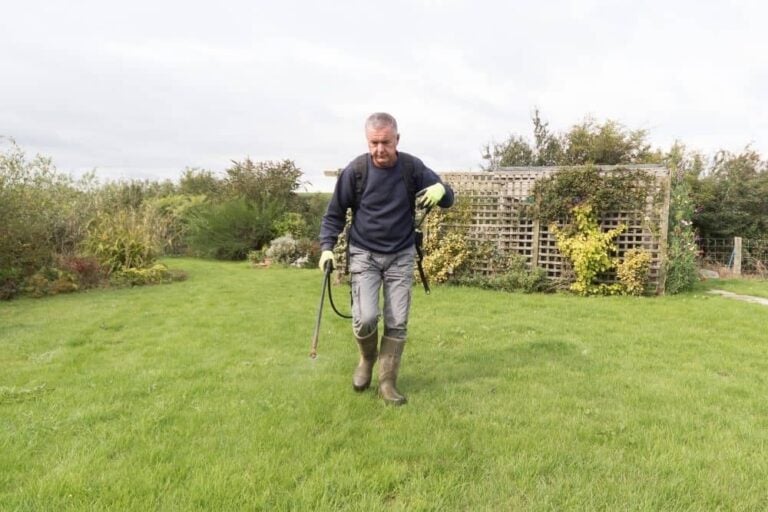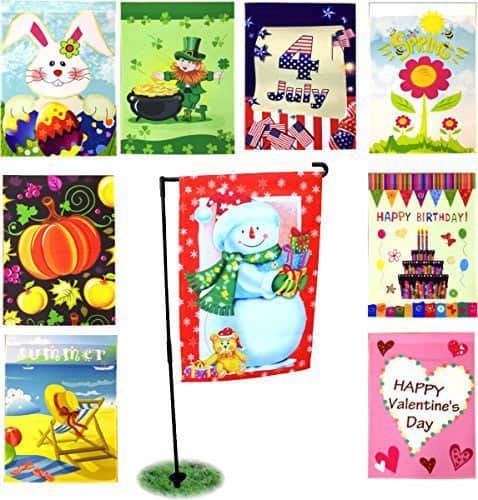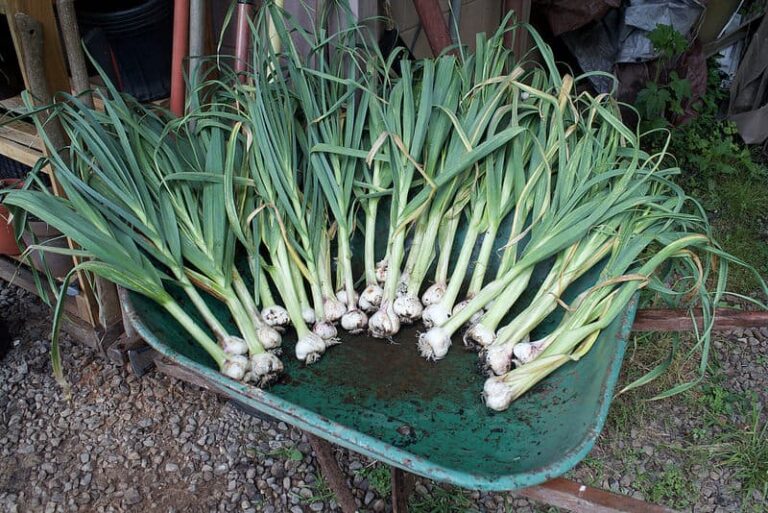How To Choose A Garden Fork For Your Gardening Needs
Gardening is seen by many as a great leisure activity. Besides relaxing, gardening is also rewarding yet you will probably need adequate tools if you want to achieve the best results.
One of the most important tools is the garden fork. However, what may seem like a simple choice can turn to be a daunting task, especially if you’re new to gardening.
I remember the times when I was looking for my first garden fork. At the time, I thought things were simple and all I have to do is buy the garden fork I liked best. I naively believed that all garden forks were the same. I couldn’t have been more wrong.
On the market, there are various types of garden forks. For this reason, it is important to find out what is the main difference between them and how to choose one before even starting searching for one.
Let’s see what are the main types of garden forks and how to choose the one that is right for you!
Types Of Garden Forks

1. Traditional Garden Forks
As their name suggests, this type of garden forks is the simplest model. On the other hand, this model is also the most popular mainly because it is suitable for a wide range of jobs. This type of fork is perfect if you have to handle a clay or hard soil and is characterized by four long and super sturdy tines that end with sharp points.
These forks are designed for easy soil penetration and the best ones are made from one piece of solid steel. The handle is usually made of wood or resin and they are ideal for breaking up the soil, digging, and even digging up root vegetables.
2. Root Vegetable Forks
Also called potato forks, these tools are designed to lift up root vegetables rather than digging. The difference between root vegetable forks and other garden forks is given by the blunt ends of the tines. This feature enables the fork to dig out root vegetables without damaging them.
These gardening tools are sturdy and built for heavy-duty use. Most of the times, they are also used for digging the soil before sowing the seeds and for many other garden works.
3. Spading Forks
These gardening forks are designed to dig in the loose or sandy soil to aerate or mix nutrients into the ground. They are also the main choice in spring when it is time to turn the soil and many gardeners even use them to harvest root vegetables.
Compared to the other garden forks, these ones are lighter in weight and easier to handle. They usually have four flat tines designed to lift soil and veggies.
4. Broadforks
Broadforks are peculiar tools that do the exact same job of the traditional garden forks but with more ease. These tools are characterized by two handles and five or six long tines arranged on a horizontal steel bar.
Designed for heavy-duty use, broadforks are used to broke up the ground and turn the soil between two crops. However, they cannot be used for harvesting as their tines can easily damage root crops.
5. Border Forks
The smaller version of the traditional garden forks, these tools are perfect for working in tight spaces. They are ideal to use in a small garden or to maintain the soil in a raised bed.
Just as the traditional garden forks, border forks are made of steel and usually have a wooden handle. The tines are sharp and designed for digging rather than harvesting.
6. Pitchforks
Also known as compost forks, these tools are characterized by long and slender tines, usually four, designed for scooping and moving loose material. They are usually used for turning the compost pile, to gather mulch or dried leaves, and for many other light chores.
Because of their lightness, they are not suitable for heavy-duty works as they might bend. For this reason, it is not advisable to invest in a pitchfork if it will be your only tool of this type.
How To Choose A Garden Fork
Knowing what types of garden forks there are is just the first step in getting the right tool. Here is how to choose the right garden fork for your gardening needs.
- Test it: the best way to understand whether the garden fork you like is good for you is by testing it. Handle the fork, see how it feels and whether you are comfortable with its weight, balance, size, grip, and sturdiness. Don’t settle for a fork that is just okay, keep looking until you find the best one.
- Check the materials: the materials the fork is made of can also give you a hint on whether the tool is right for you or not. The most popular garden forks are made of forged steel and they are the strongest on the market. However, if you want a tool that slides easily through all types of terrains, then a stainless steel tool might be more convenient. Carbon fiber and plastic garden forks are lightweight and easy to handle but they have a poor durability.
- Check the length of the handle: another important characteristic is the length of the handle. Choose a garden fork with a long handle that will allow you to carry on with your chores without bending too much. You should be able to handle the tool while keeping a good posture, as this will help you prevent stress and articular or back pain.
- Check the grip: regardless of what material the handle is made of, check it is easy to grip. Garden forks are usually heavy-duty tools and this is an important aspect to consider. You shouldn’t underestimate this aspect especially if you have small hands or a weak grip.
Final Thoughts
Choosing the right garden fork might not always be easy. Especially if you are new to gardening and just putting together your first set of gardening tools.
Nevertheless, know you know what are the main types of garden forks and what is the main difference between them. You also know what things to consider before investing in one. Therefore, all you have to do now is choose the right garden fork for your needs!





